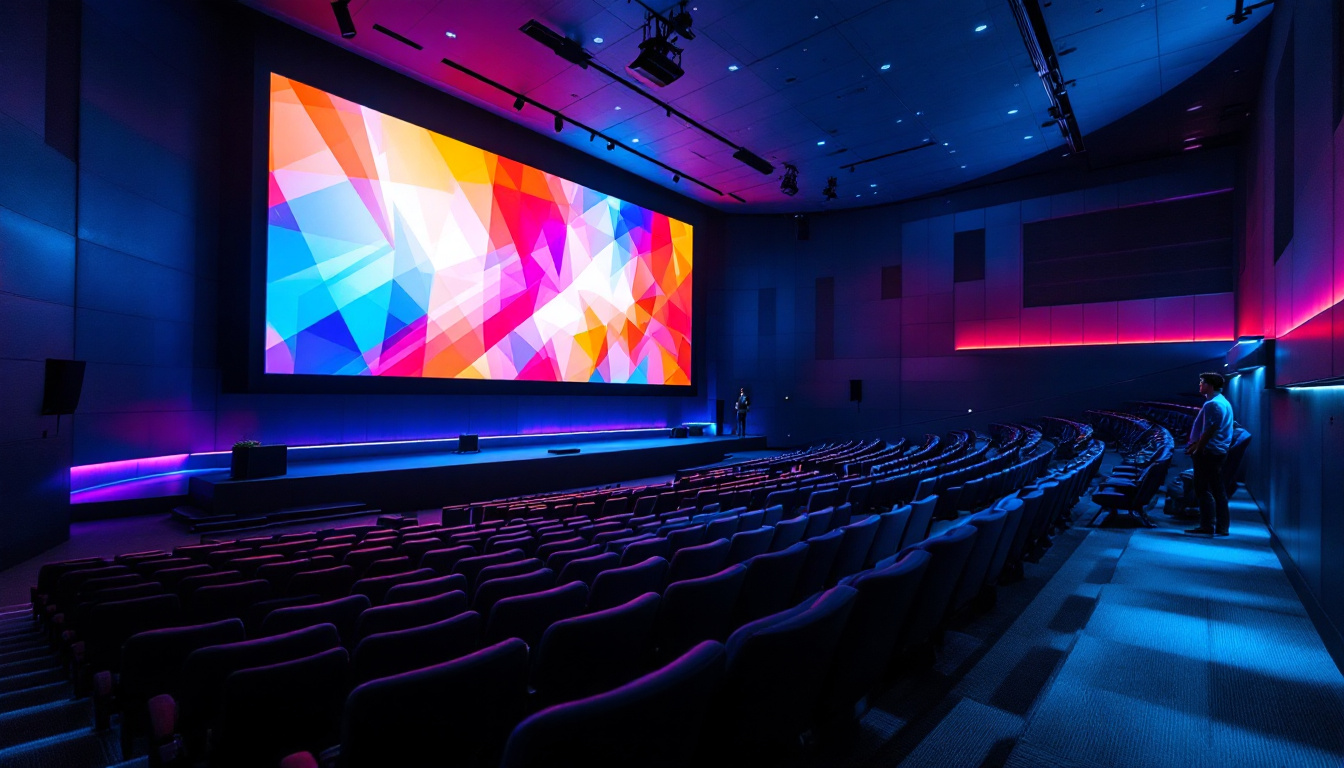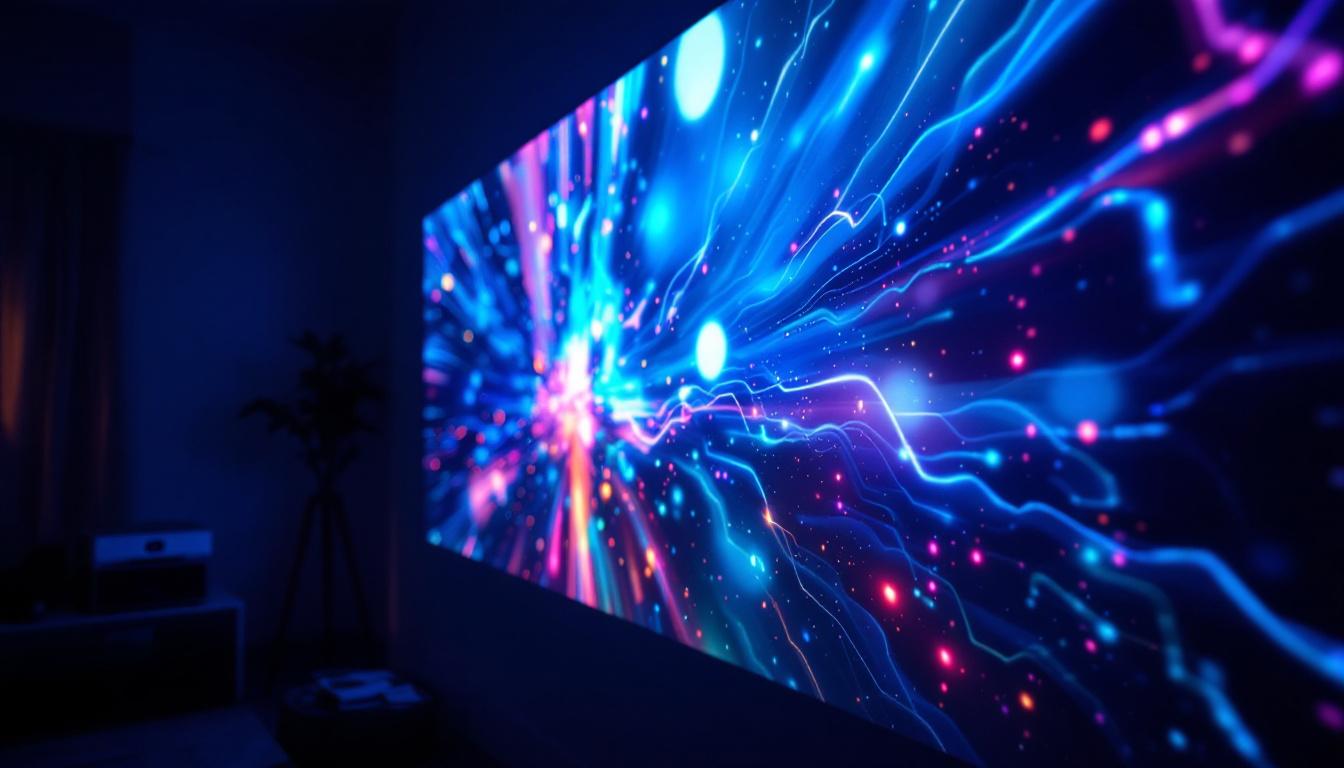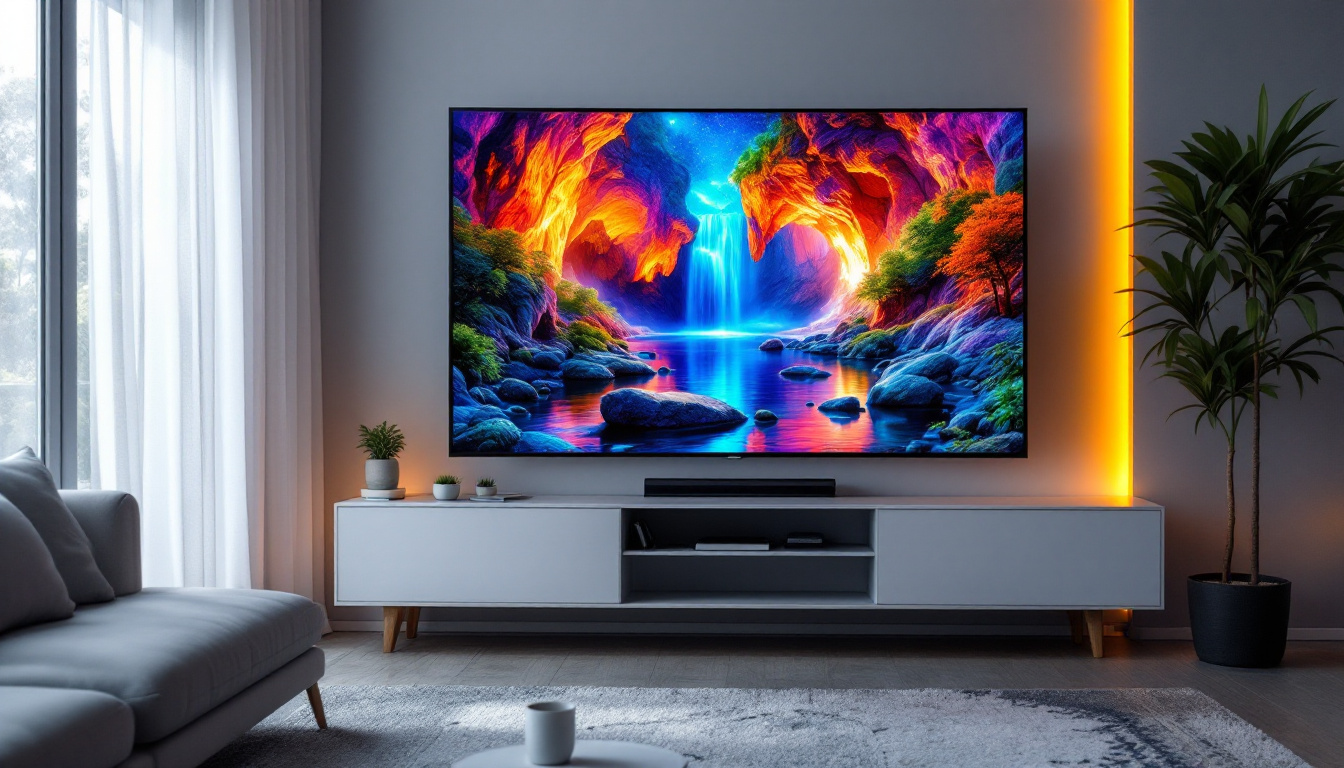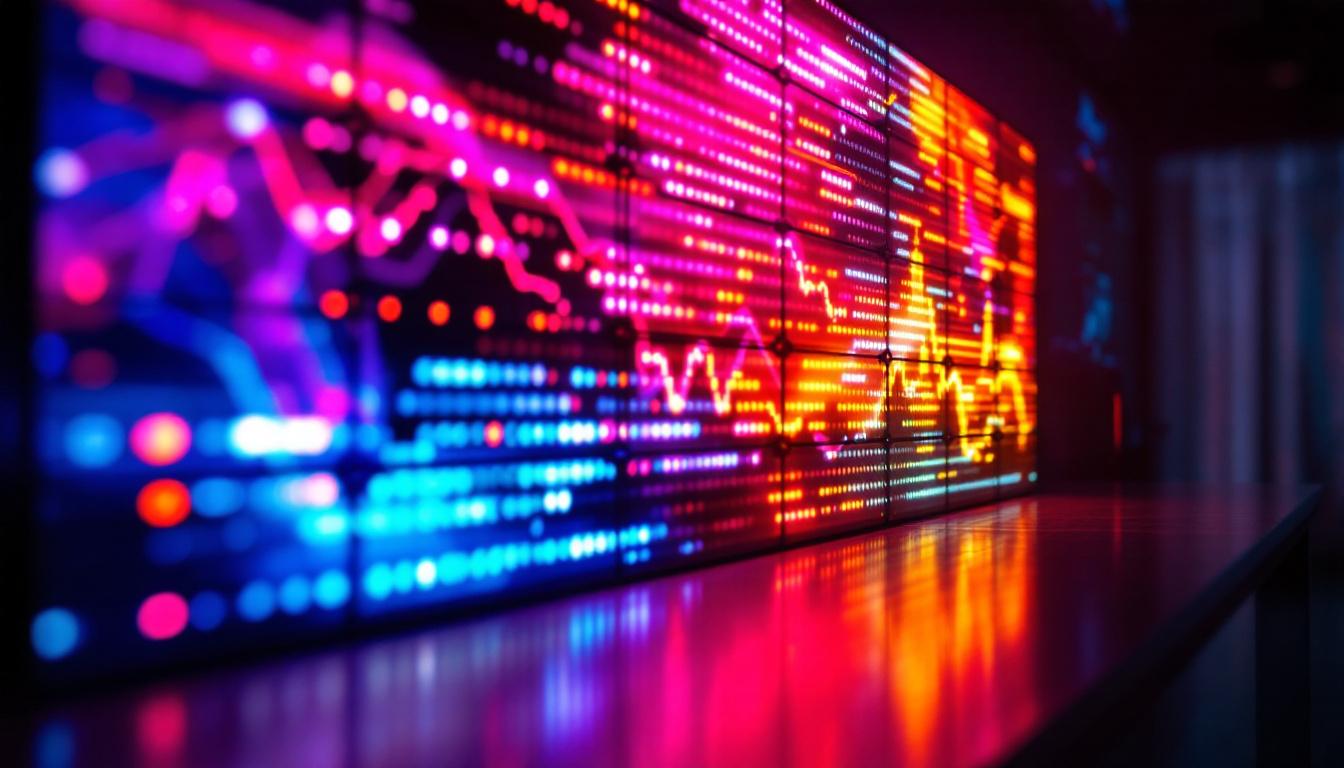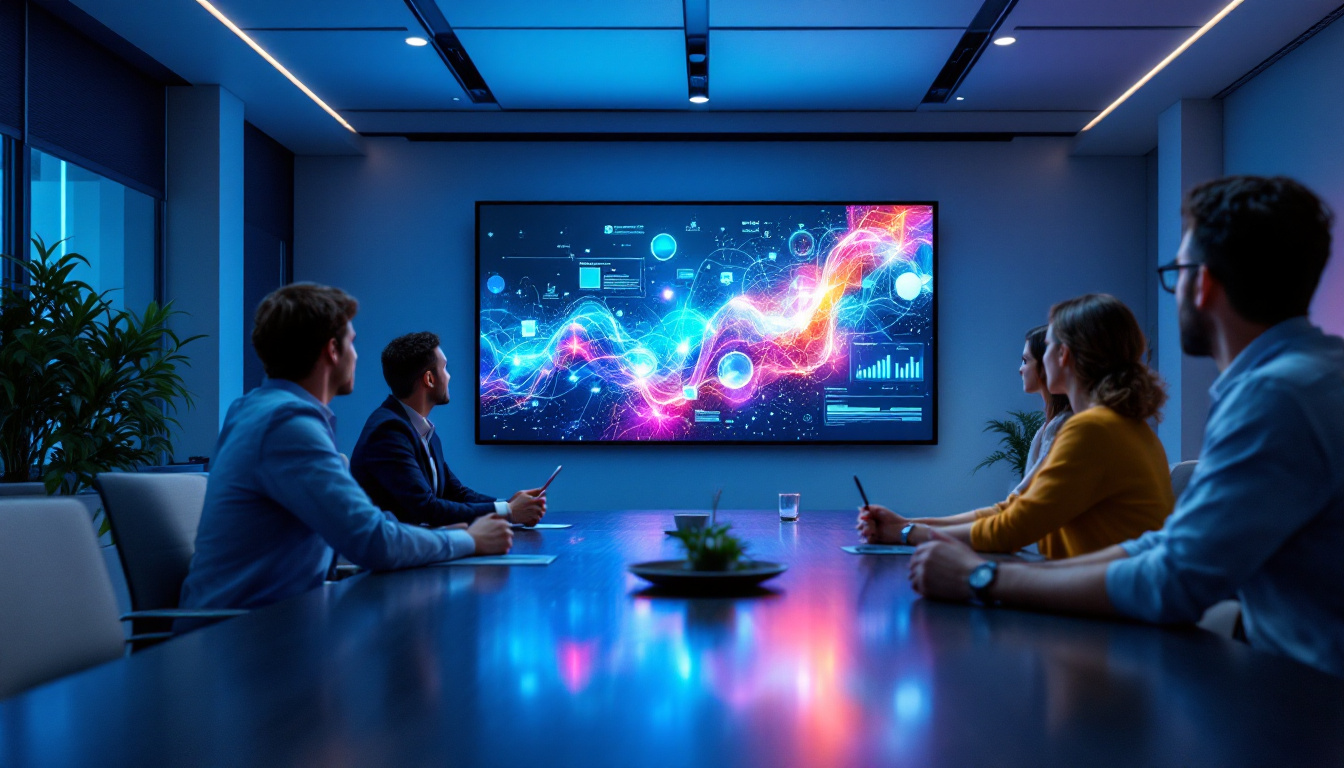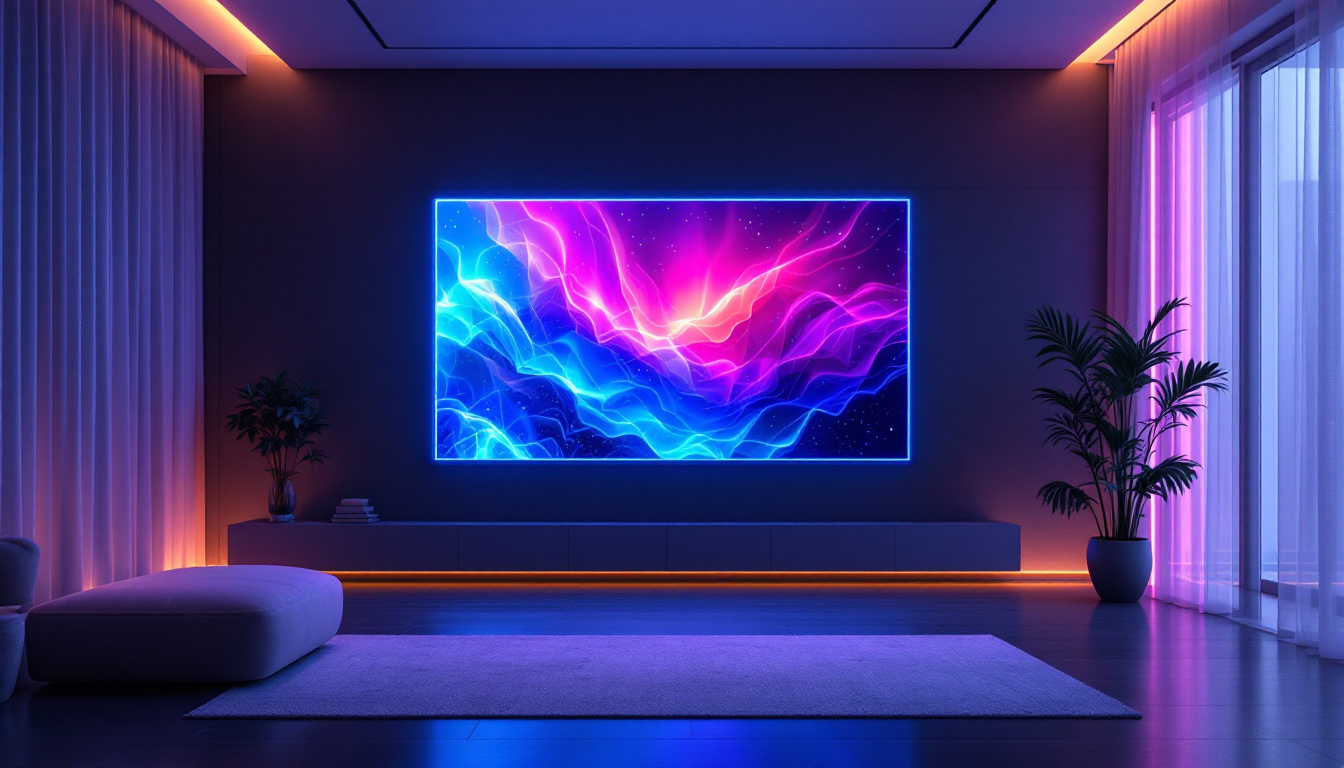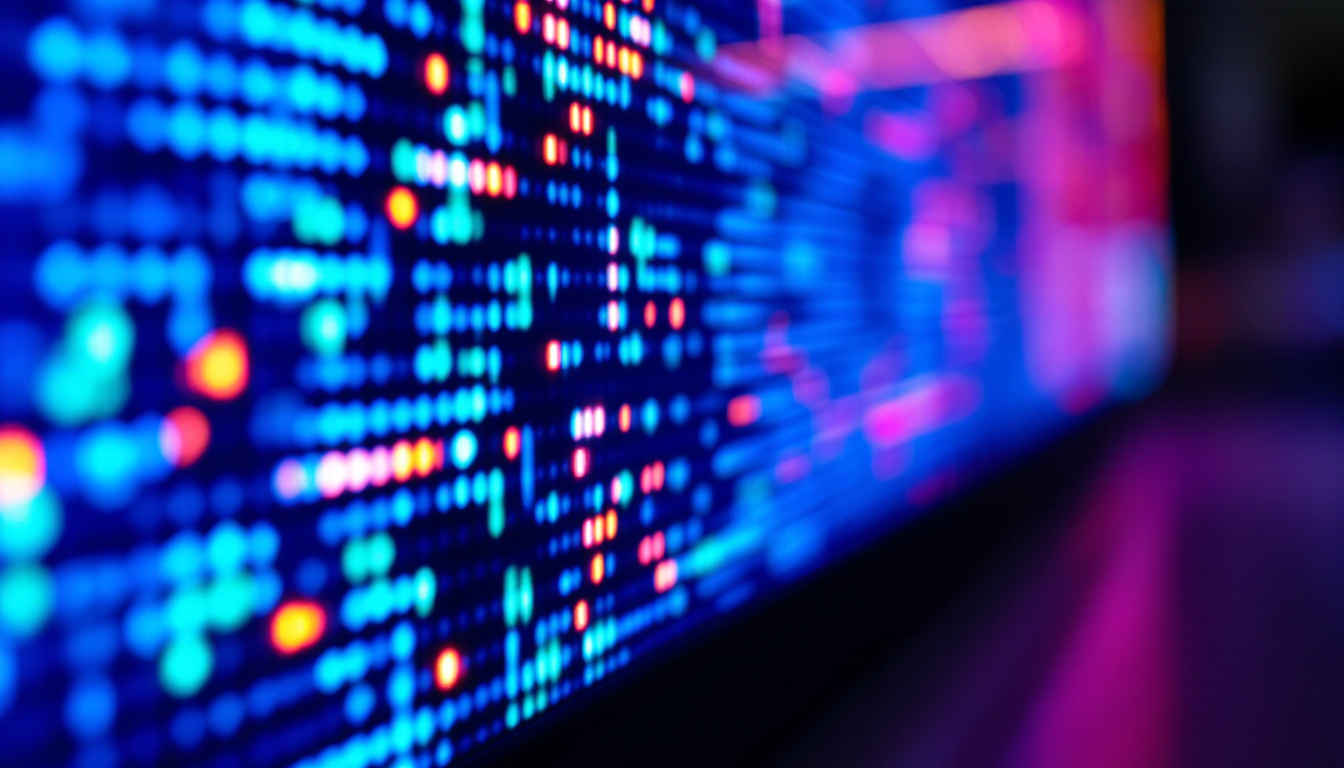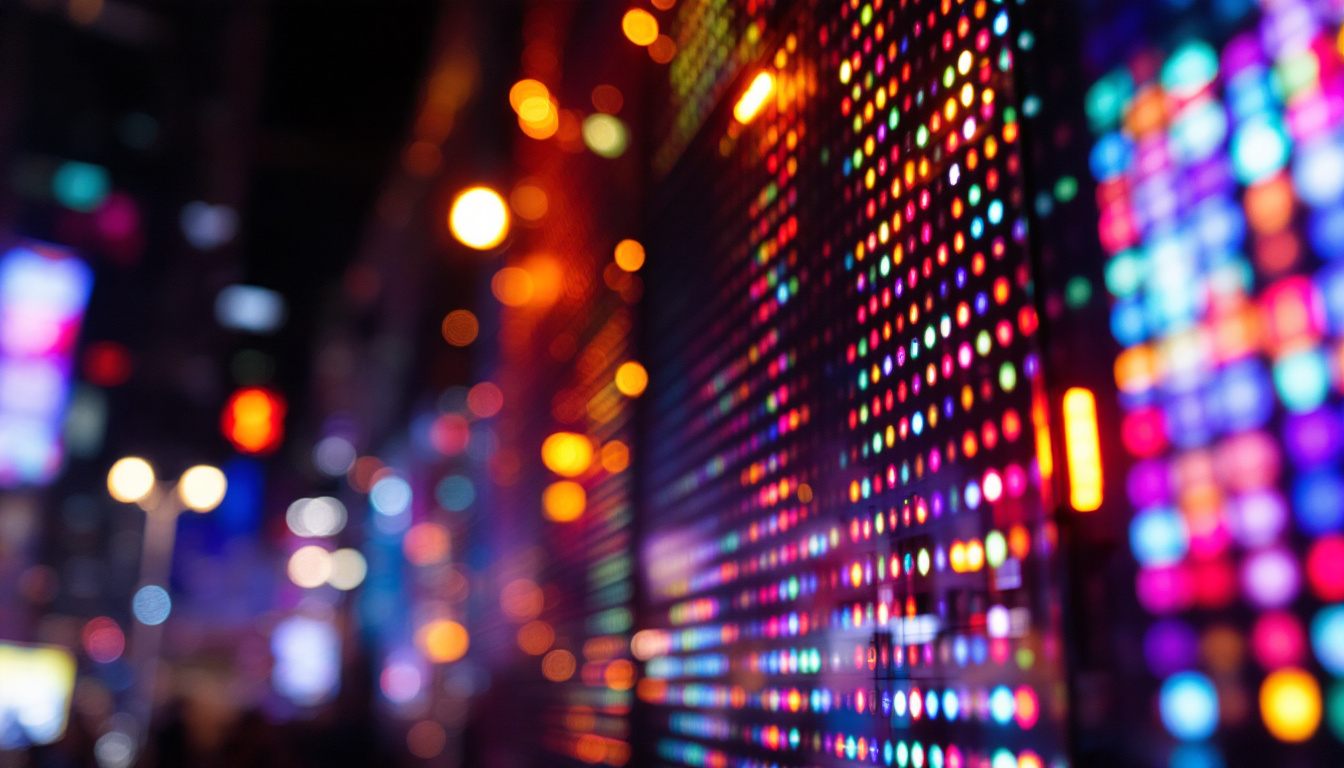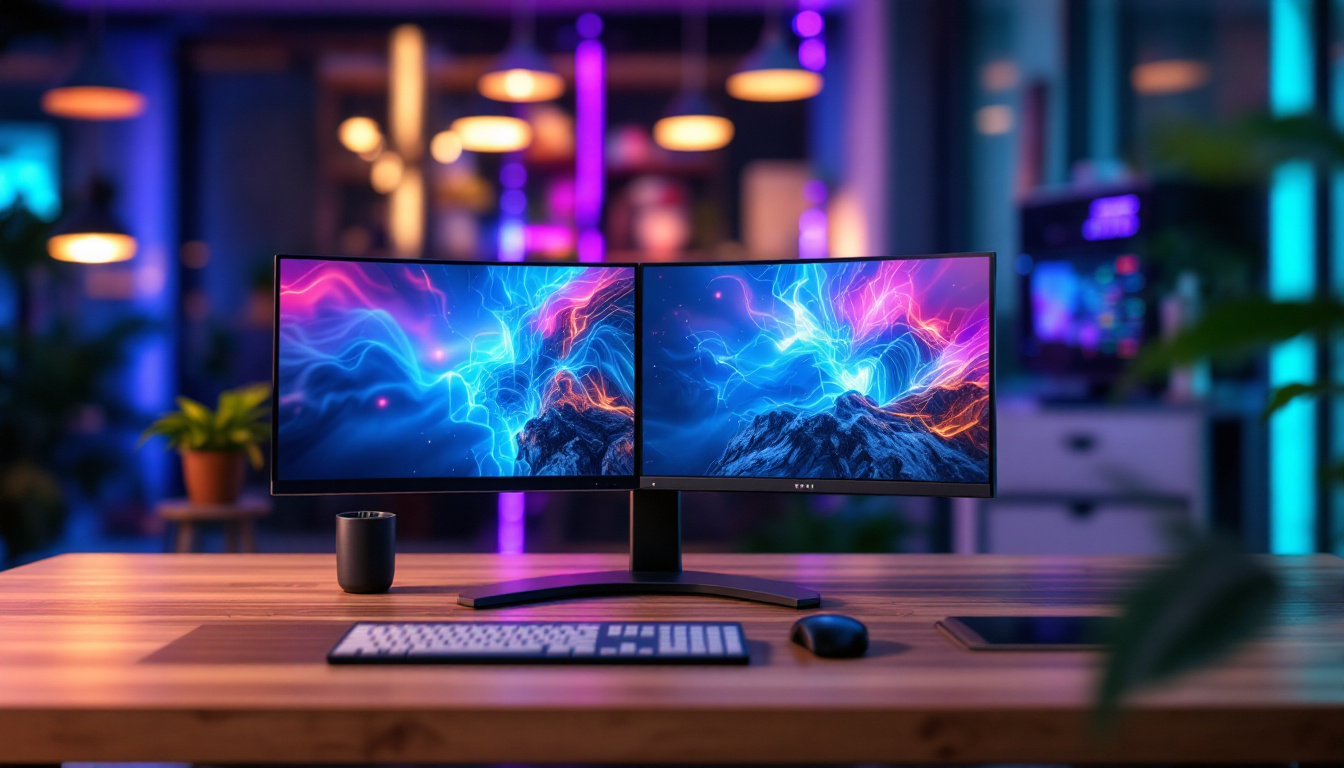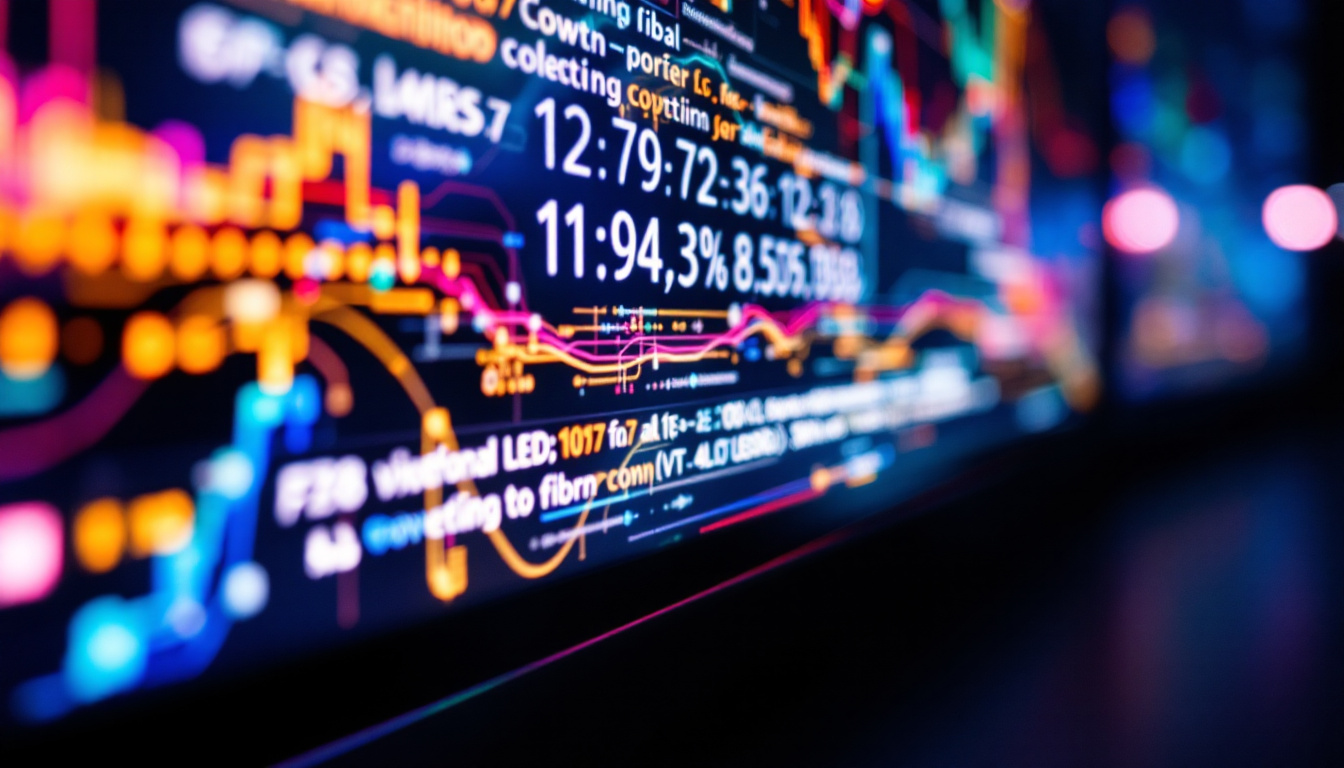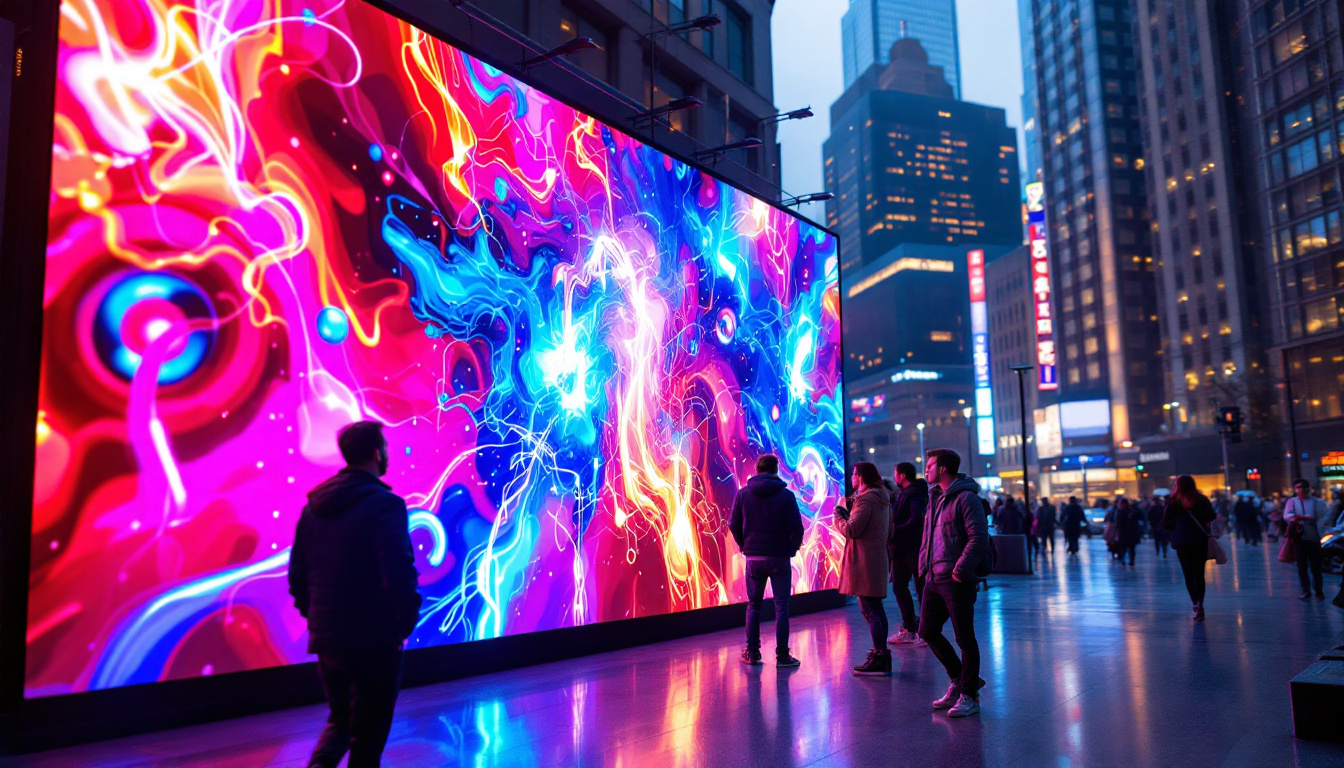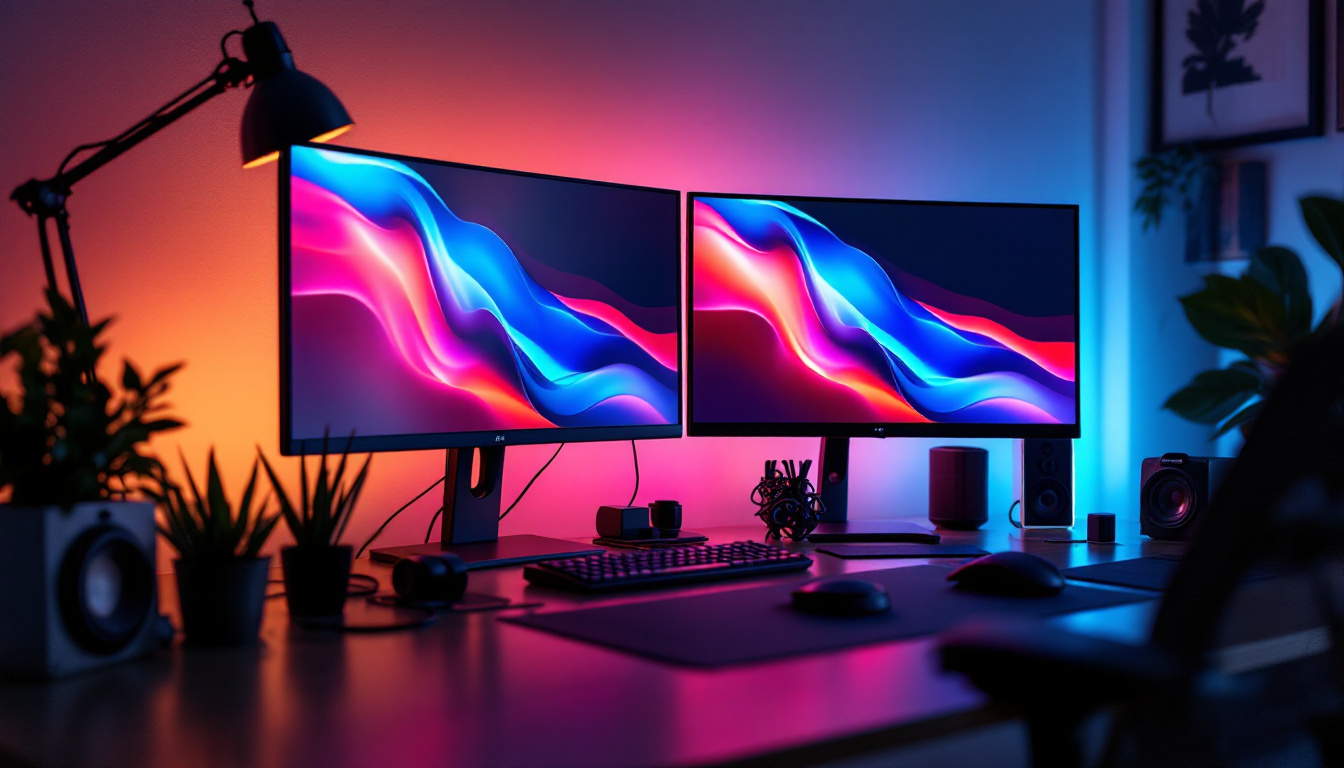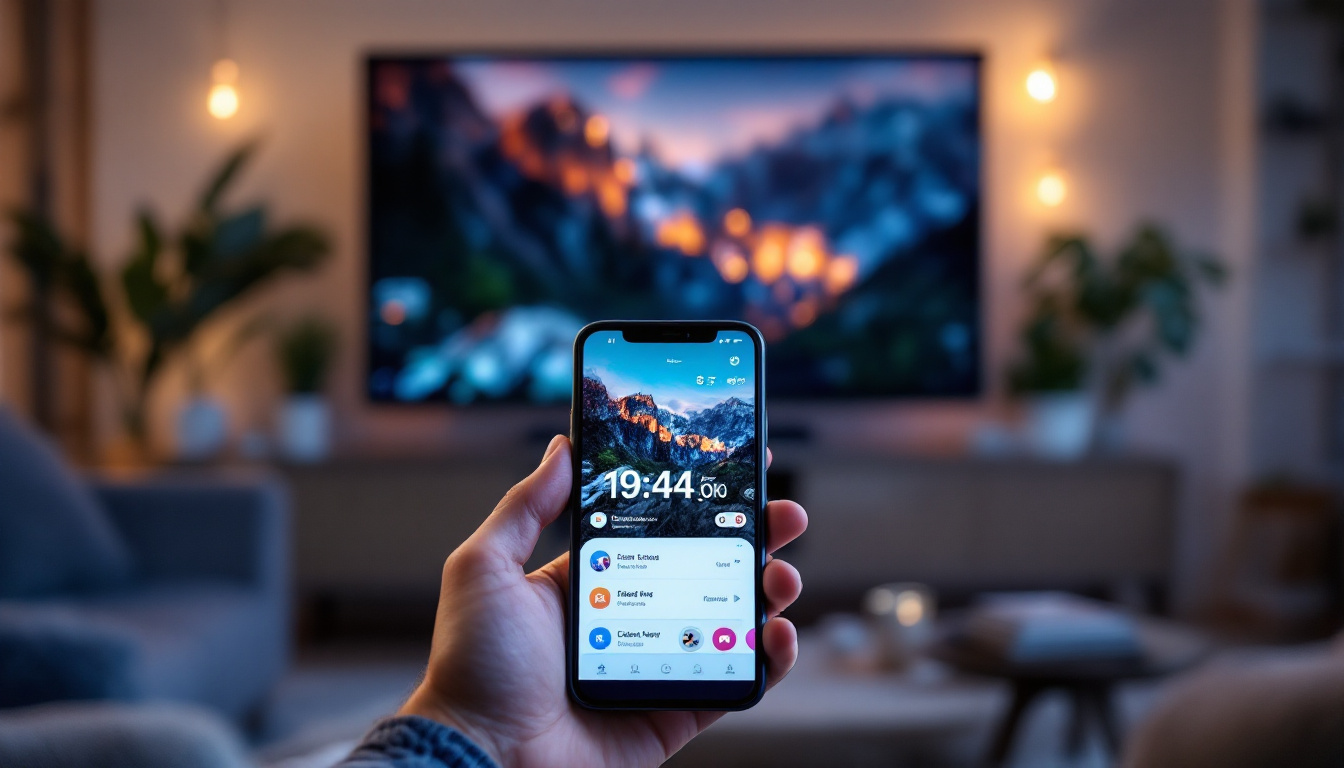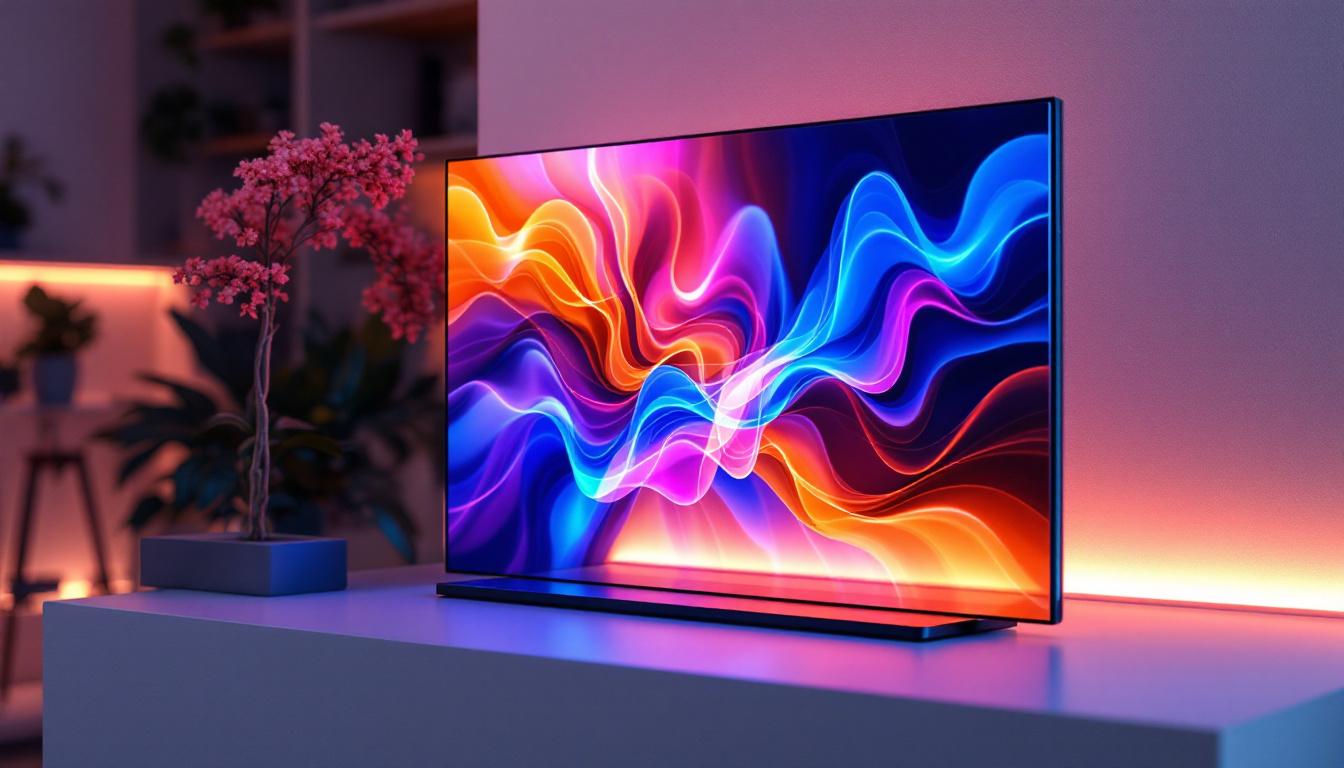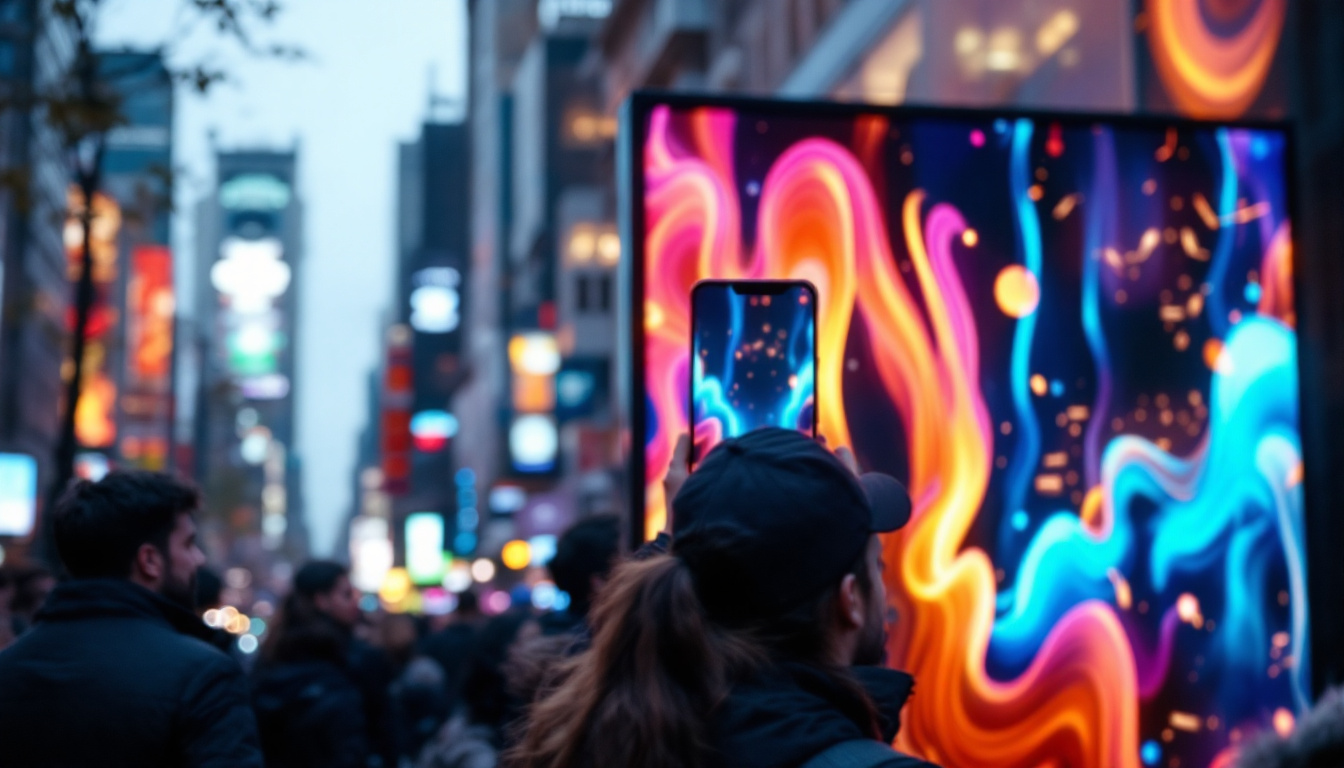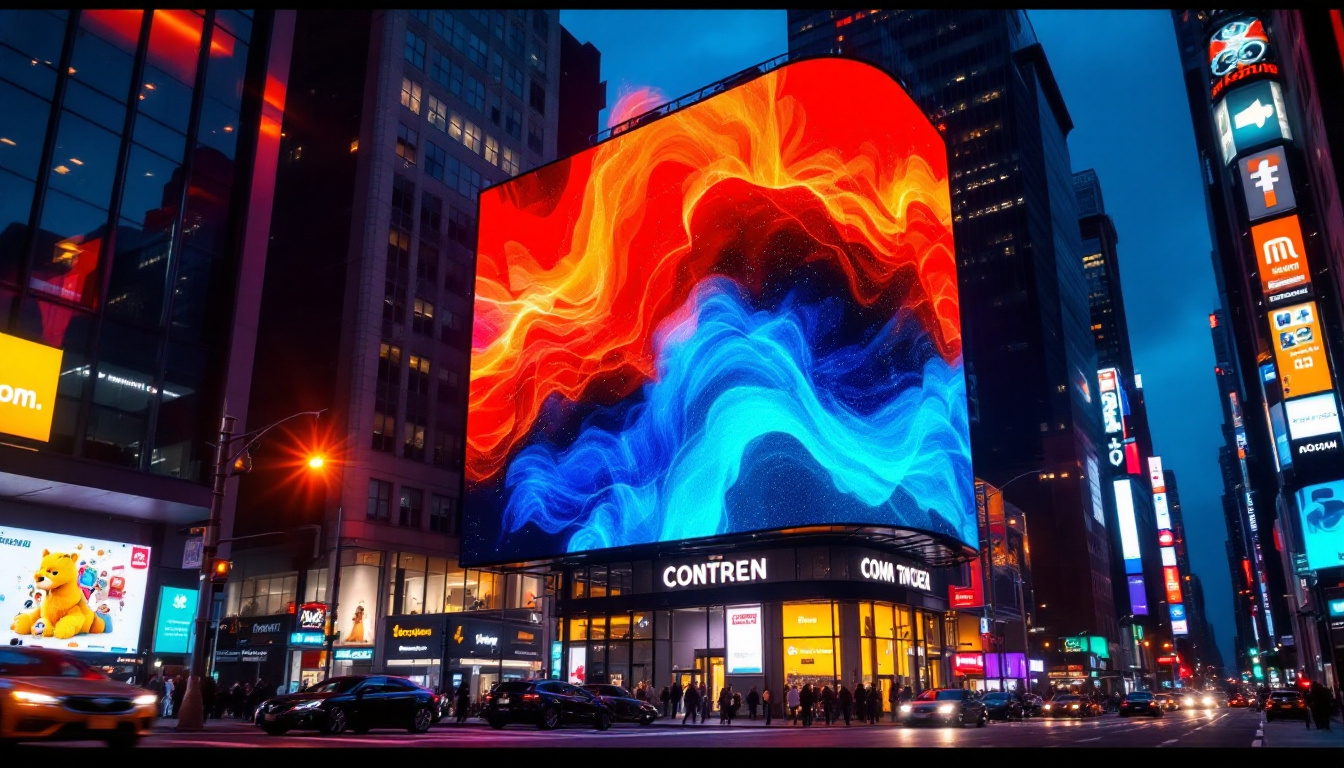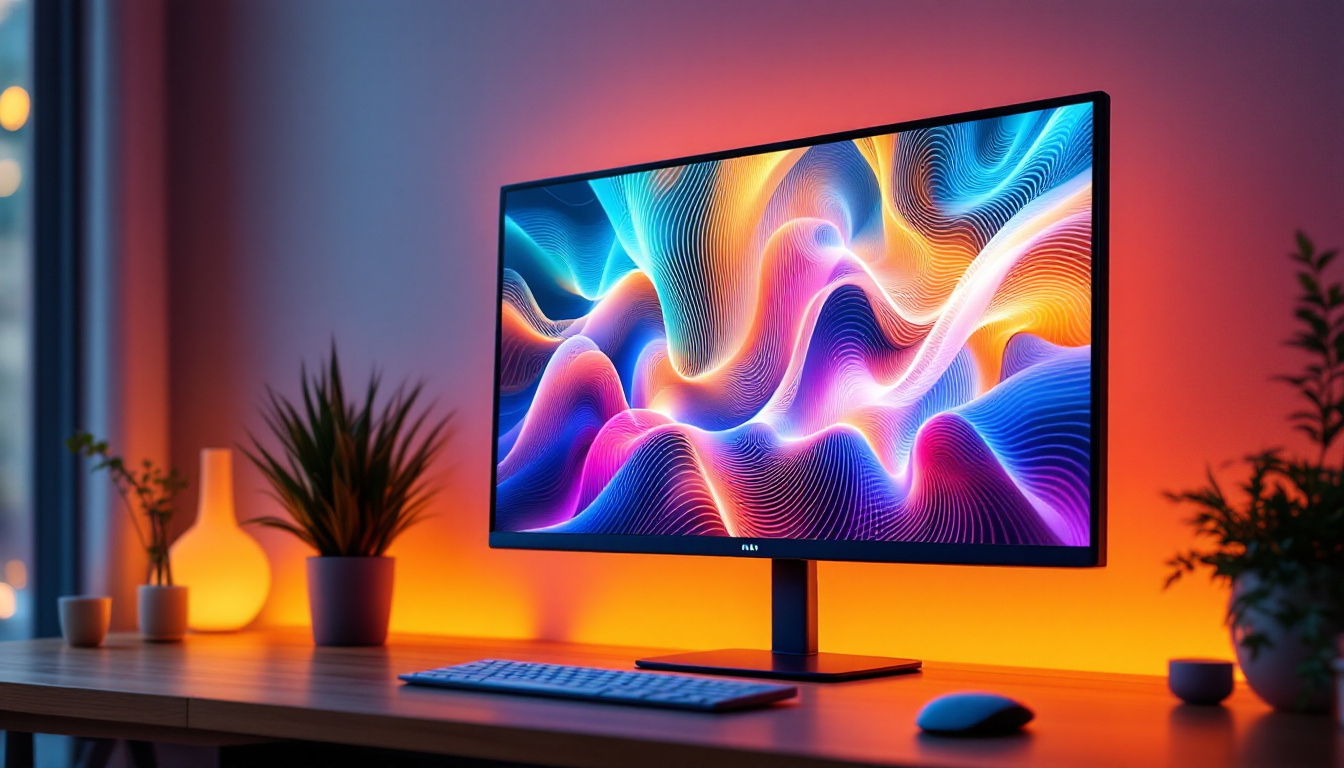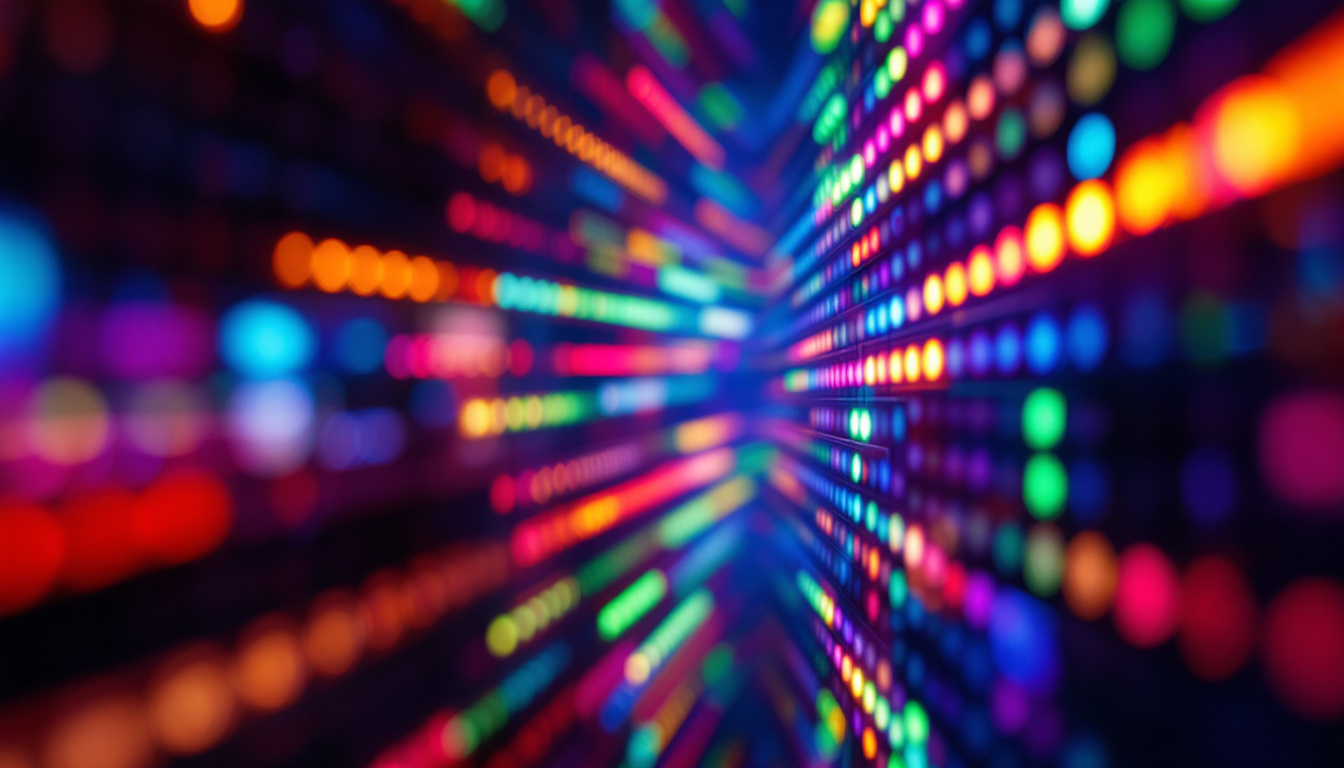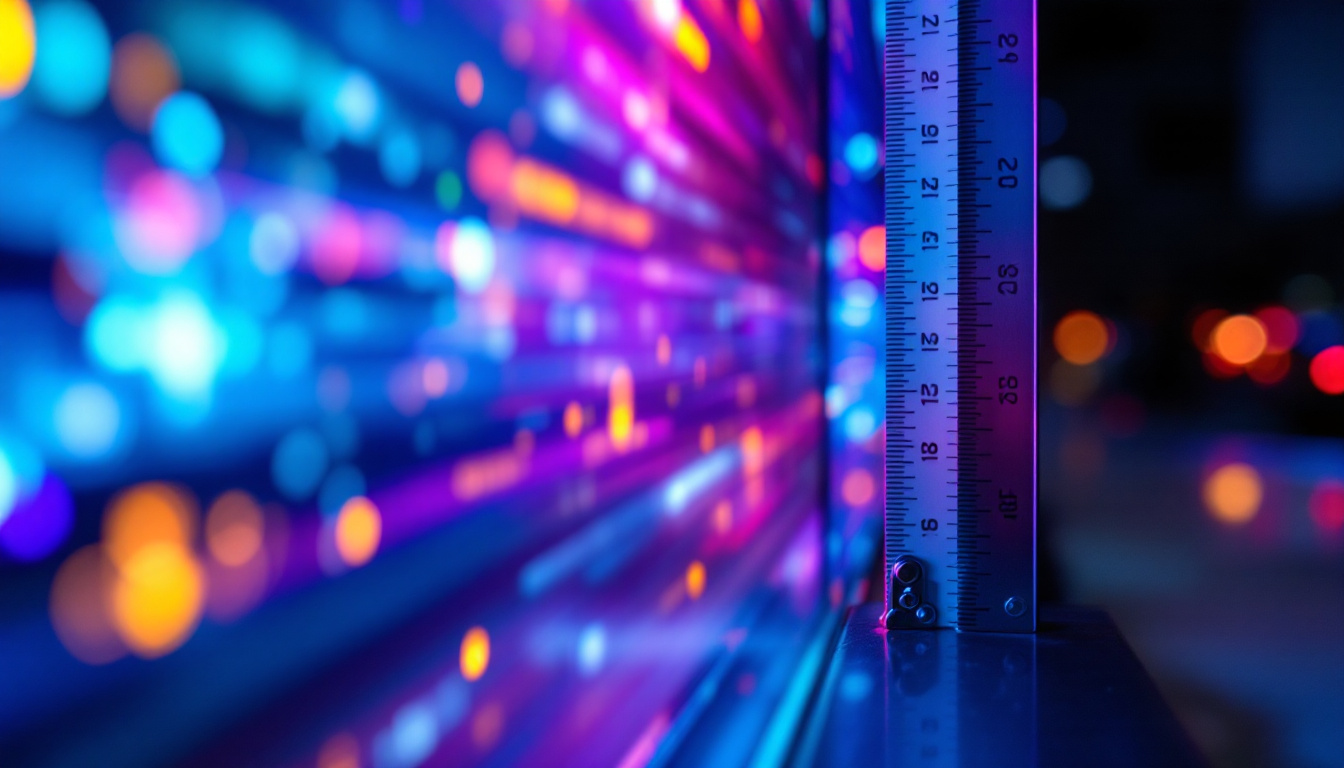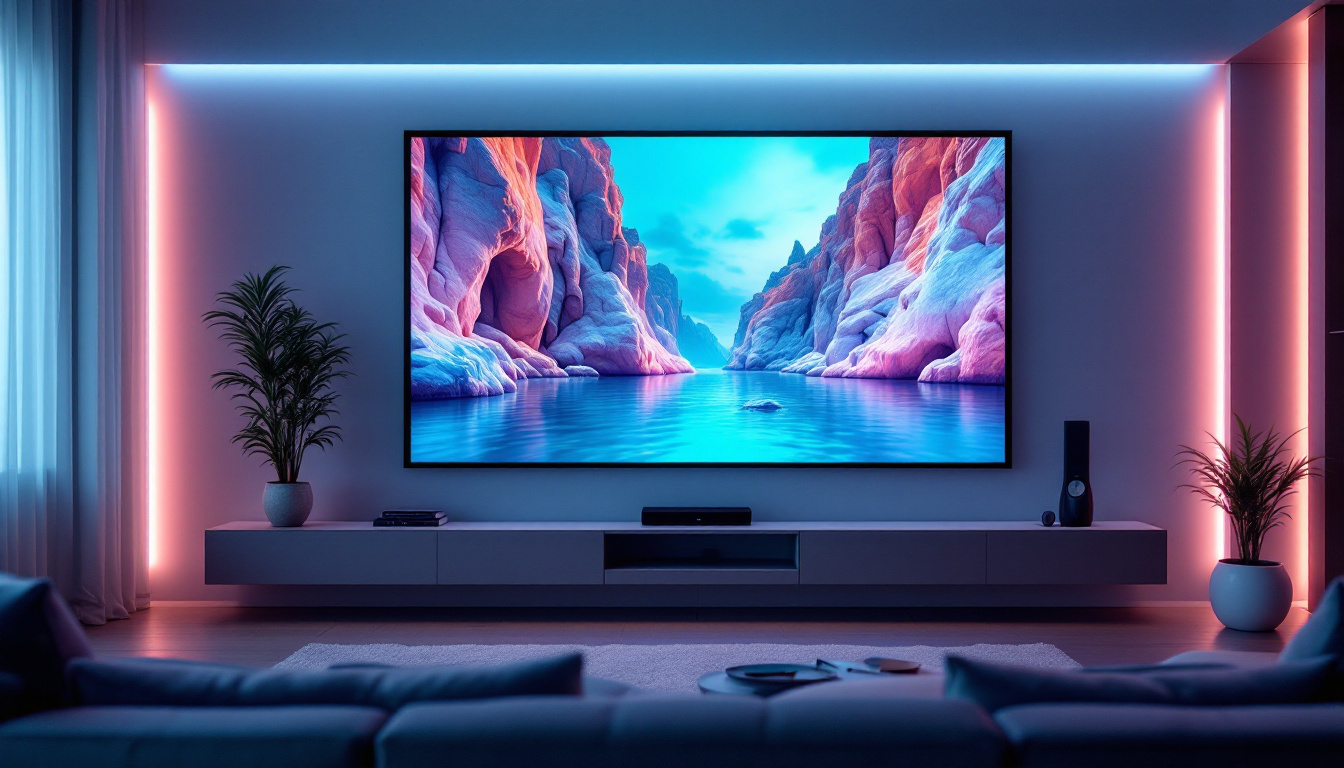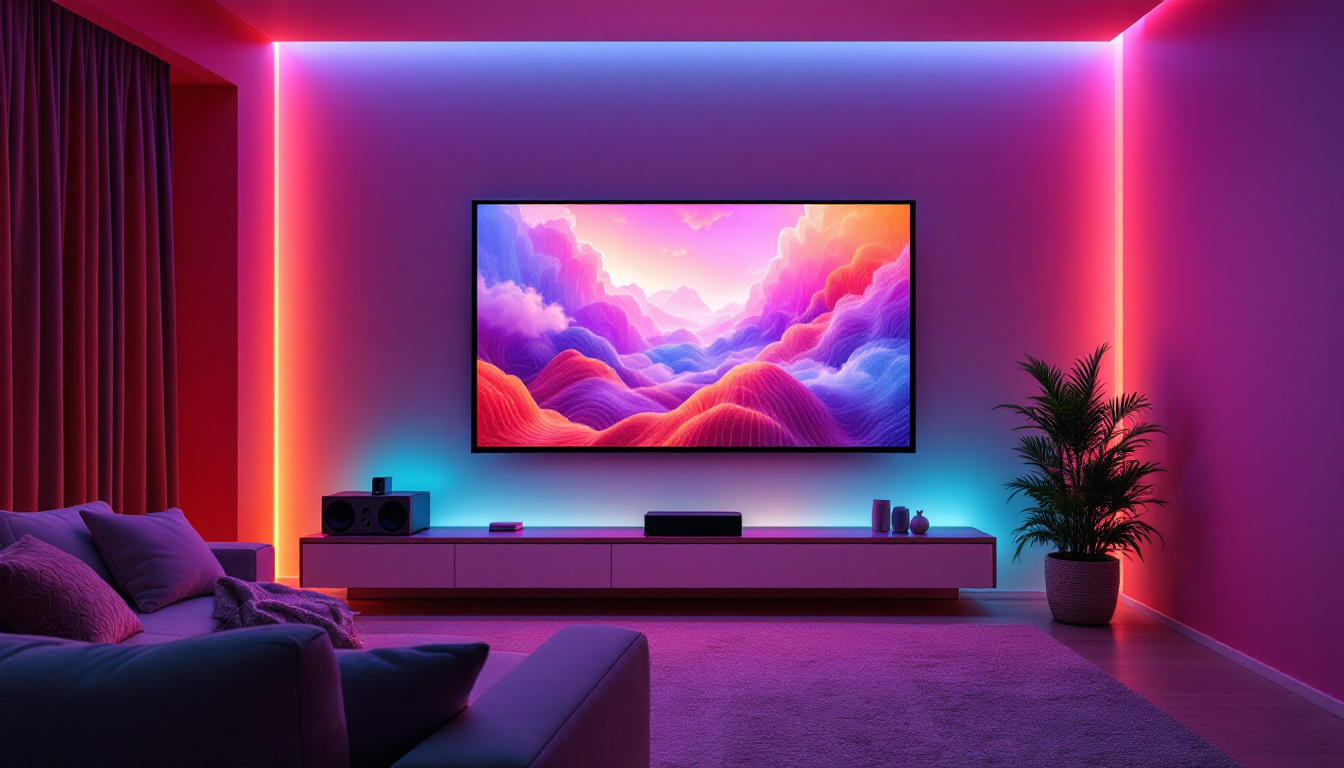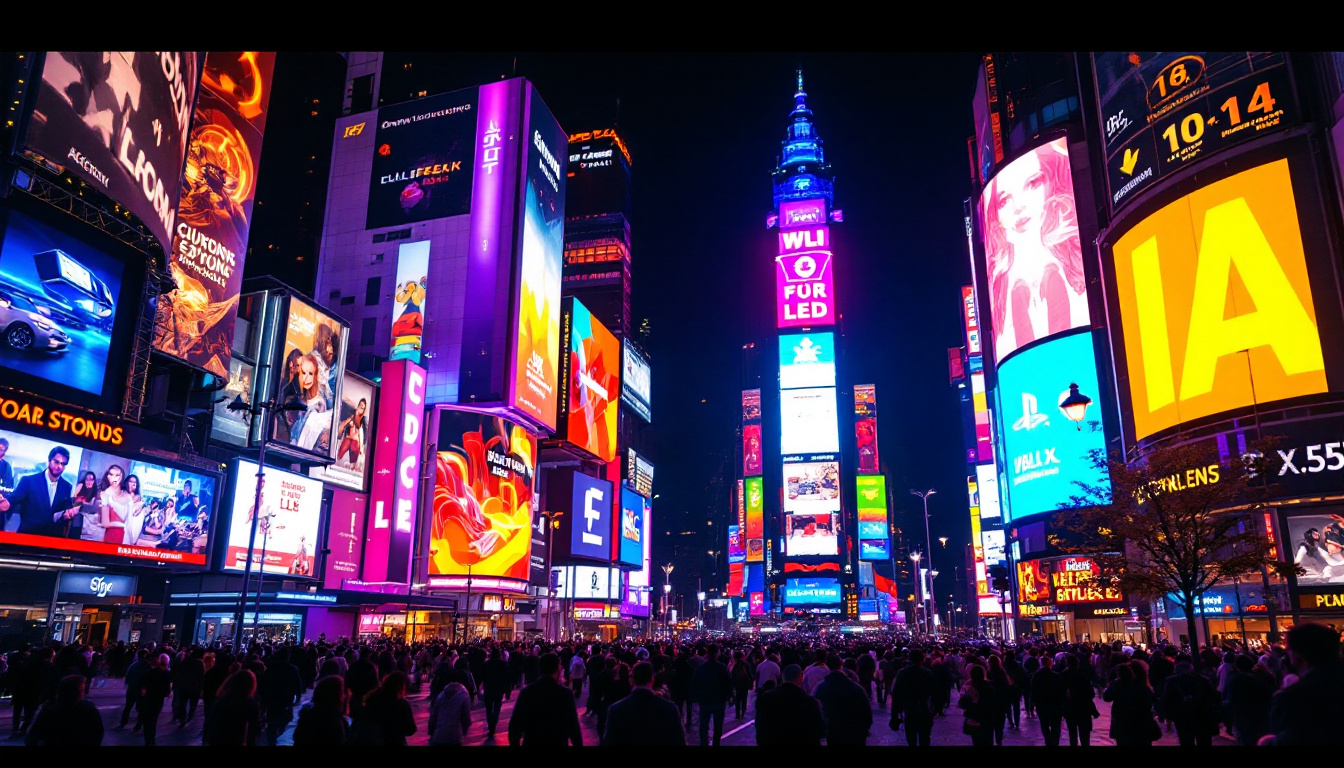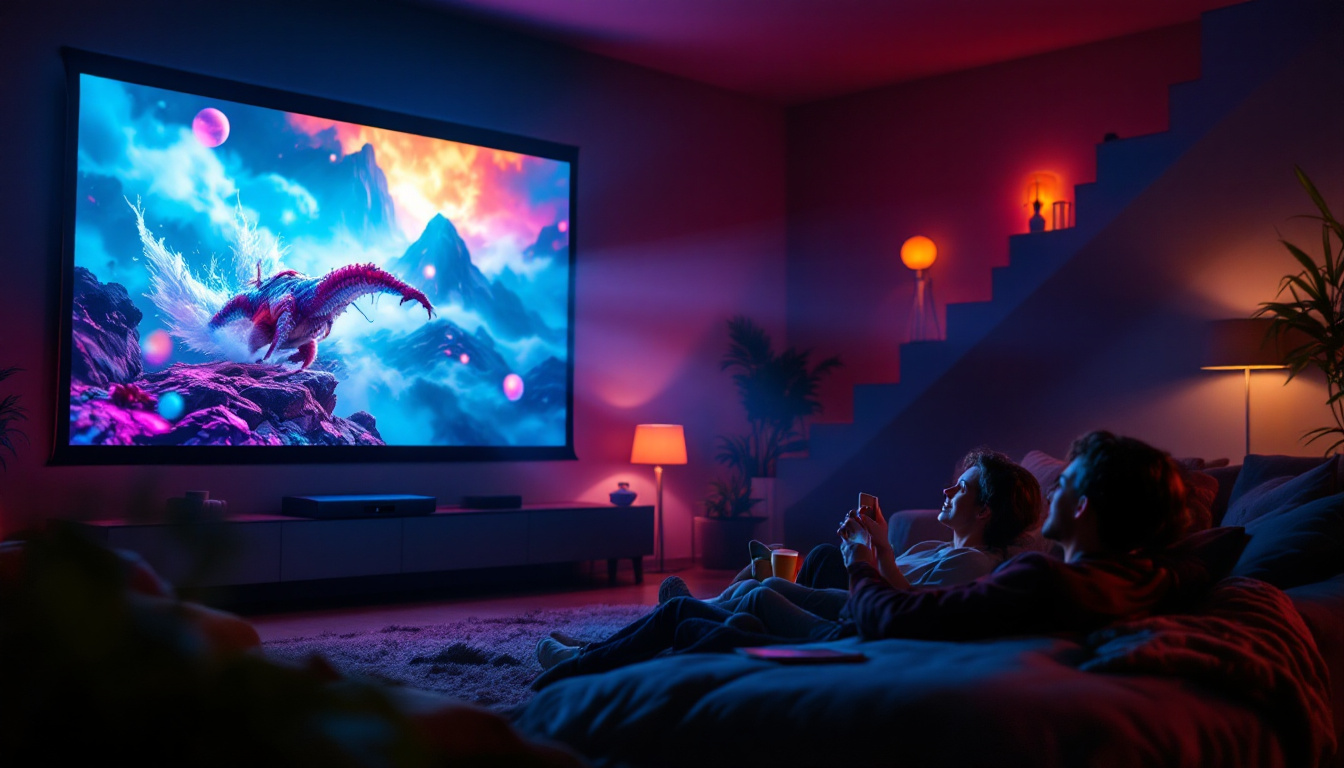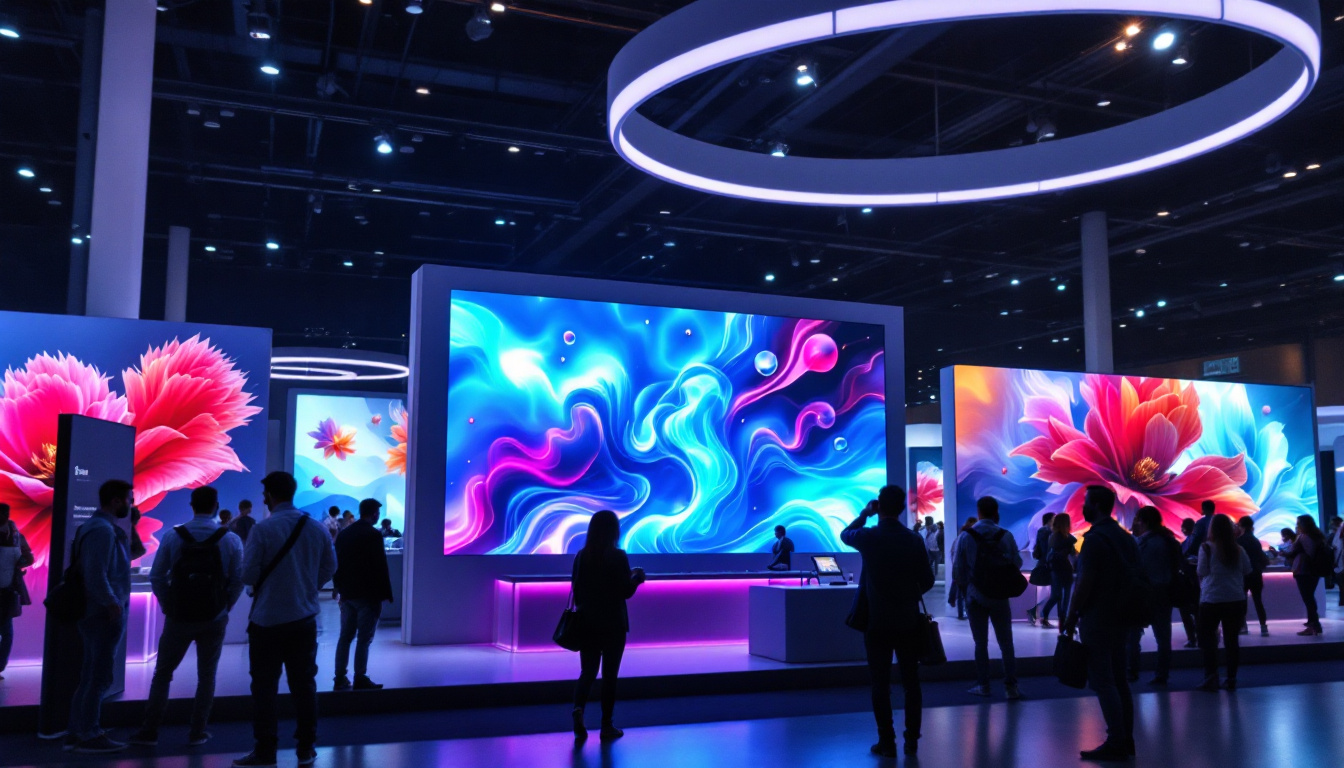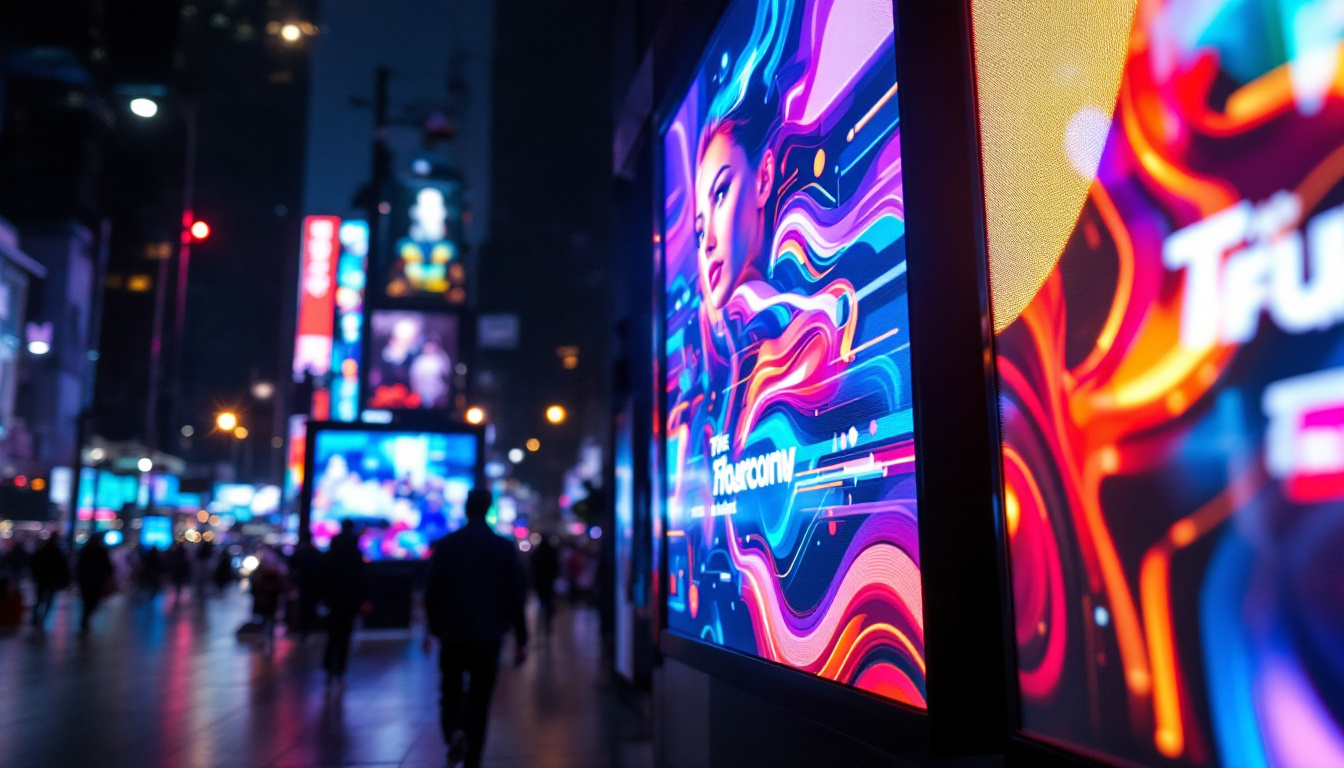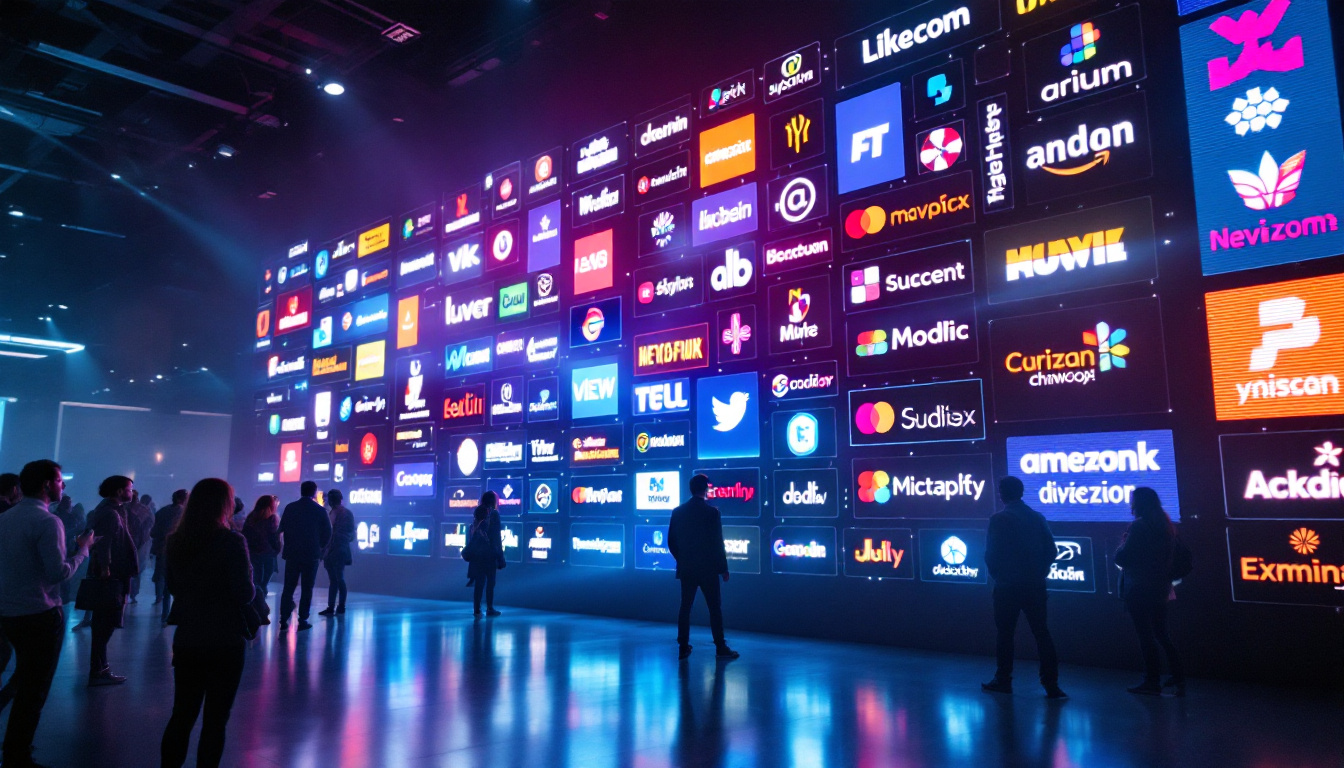The North Underground Lecture Hall, a modern educational facility, has become a focal point for innovative teaching and learning methods. At the heart of this transformation lies the advanced LED display technology that enhances the educational experience. This article delves into the intricacies of the LED display system employed in the lecture hall, exploring its features, benefits, and the technology behind it.
Understanding LED Display Technology
LED (Light Emitting Diode) display technology has revolutionized the way information is presented in various settings, from advertising to educational institutions. In the context of the North Underground Lecture Hall, this technology serves a dual purpose: facilitating effective communication and creating an engaging learning environment. The integration of LED displays not only enhances the aesthetic appeal of the space but also fosters a more interactive atmosphere, encouraging student participation and collaboration.
What is an LED Display?
An LED display consists of a panel made up of numerous small light-emitting diodes. These diodes emit light when an electric current passes through them, allowing for the creation of images and text. The combination of red, green, and blue diodes enables the display to produce a wide range of colors, making it suitable for dynamic presentations. This capability is particularly beneficial in educational contexts, where visual aids can significantly enhance comprehension and retention of information.
In educational settings, LED displays can be used for various purposes, including displaying lecture notes, videos, interactive content, and real-time data. Their versatility makes them an ideal choice for modern lecture halls, where technology integration is key to enhancing the learning experience. Furthermore, the ability to easily switch between different types of content—such as live demonstrations, group discussions, or multimedia presentations—ensures that instructors can adapt their teaching methods to suit diverse learning styles and needs.
Key Features of LED Displays
LED displays come with several features that make them particularly advantageous for educational environments. Some of the most notable features include:
- High Brightness: LED displays are known for their bright output, which ensures visibility even in well-lit rooms.
- Wide Viewing Angles: The technology allows for clear visibility from various angles, ensuring that all students can see the content being presented.
- Energy Efficiency: Compared to traditional display technologies, LEDs consume less power, contributing to lower energy costs.
- Long Lifespan: LED displays have a longer operational life, reducing the need for frequent replacements.
Additionally, many LED displays are equipped with smart technology that allows for seamless integration with other devices, such as tablets and smartphones. This interconnectivity enables instructors to share content directly from their devices, fostering a more collaborative learning environment. Moreover, the ability to incorporate interactive elements, such as touch capabilities or audience response systems, can further engage students and encourage active participation during lectures. As educational institutions continue to embrace digital transformation, LED display technology stands out as a pivotal tool for enhancing teaching and learning experiences.
The Role of LED Displays in Education
In the North Underground Lecture Hall, LED displays play a pivotal role in enhancing the educational experience. Their implementation aligns with contemporary teaching methodologies that prioritize interactive and engaging learning environments.
Facilitating Interactive Learning
One of the most significant advantages of LED displays is their ability to facilitate interactive learning. Instructors can use these displays to showcase multimedia content, including videos, animations, and interactive simulations. This not only captures students’ attention but also helps in illustrating complex concepts in a more digestible manner.
Moreover, many LED displays are compatible with touchscreen technology, allowing for direct interaction. Students can participate actively during lectures, answering questions, or contributing to discussions through interactive polls and quizzes displayed on the screen.
Enhancing Collaboration
Collaboration is a cornerstone of effective education, and LED displays contribute significantly to this aspect. In group projects or discussions, multiple students can share their screens or presentations simultaneously, fostering a collaborative environment. This capability encourages teamwork and enhances communication skills among students.
Furthermore, instructors can seamlessly integrate various digital tools and platforms into their lectures, making collaboration more efficient. For instance, using cloud-based applications, students can work together in real-time, regardless of their physical location.
Technical Aspects of the LED Display System
Understanding the technical aspects of the LED display system in the North Underground Lecture Hall provides insight into its functionality and performance. The system is designed to meet the demands of a modern educational environment, ensuring reliability and quality.
Resolution and Pixel Density
The resolution of an LED display is crucial for delivering clear and detailed images. In the North Underground Lecture Hall, high-resolution displays are utilized to ensure that text and graphics are sharp and easily readable from any seat in the room. Pixel density, measured in pixels per inch (PPI), plays a significant role in determining the quality of the display. Higher pixel density results in finer detail and smoother images.
Typically, a resolution of at least 1920×1080 pixels is recommended for educational displays, as it allows for crisp visuals that enhance the learning experience. The choice of resolution also depends on the size of the display and the distance from which it will be viewed.
Connectivity Options
Another critical aspect of the LED display system is its connectivity options. The North Underground Lecture Hall is equipped with a variety of input sources, including HDMI, USB, and wireless connectivity. This versatility allows instructors to connect laptops, tablets, and other devices easily, facilitating smooth transitions during presentations.
Wireless connectivity, in particular, has become increasingly popular, as it eliminates the need for cumbersome cables and enables quick sharing of content. Instructors can easily switch between different devices, making the flow of information seamless and efficient.
Benefits of LED Displays in the North Underground Lecture Hall
The integration of LED displays in the North Underground Lecture Hall offers numerous benefits that enhance both teaching and learning experiences. These advantages extend beyond mere aesthetics, impacting the overall effectiveness of the educational process.
Improved Engagement
One of the most significant benefits of using LED displays is the improvement in student engagement. The vibrant colors and high-quality visuals capture students’ attention, making lectures more stimulating. Engaged students are more likely to retain information and participate actively in discussions.
Additionally, the ability to incorporate multimedia elements into presentations allows instructors to cater to different learning styles. Visual learners benefit from graphics and videos, while auditory learners can engage with spoken content. This multi-faceted approach to teaching enhances overall comprehension and retention.
Real-Time Information Sharing
LED displays facilitate real-time information sharing, a crucial aspect of modern education. Instructors can display live data, such as polling results or social media feeds, during lectures. This immediacy fosters a dynamic learning environment where students can see the relevance of their studies in real-time contexts.
Moreover, real-time information sharing encourages students to think critically and engage with the material on a deeper level. It allows for spontaneous discussions and questions, enriching the overall learning experience.
Challenges and Considerations
While LED displays offer numerous advantages, there are also challenges and considerations that educational institutions must address. Understanding these challenges is essential for maximizing the benefits of this technology.
Cost Implications
The initial investment in LED display technology can be substantial. Educational institutions must consider the costs associated with purchasing, installing, and maintaining these systems. However, it is essential to view this investment as a long-term benefit, as LED displays often lead to increased student engagement and improved learning outcomes.
Additionally, the energy efficiency of LED displays can lead to cost savings over time, offsetting some of the initial expenses. Institutions should conduct a thorough cost-benefit analysis to determine the feasibility of implementing LED technology.
Training and Support
Another challenge is ensuring that instructors and staff are adequately trained to use the LED display systems effectively. Without proper training, the full potential of the technology may not be realized. Educational institutions should invest in training programs that equip instructors with the necessary skills to integrate LED displays into their teaching methods.
Ongoing technical support is also crucial to address any issues that may arise during use. Establishing a reliable support system ensures that instructors can focus on teaching without being hindered by technical difficulties.
The Future of LED Displays in Education
As technology continues to evolve, the future of LED displays in education looks promising. Innovations in display technology are likely to enhance the capabilities of LED systems, making them even more effective in educational settings.
Advancements in Display Technology
Future advancements may include higher resolutions, improved color accuracy, and even more energy-efficient designs. These developments will enhance the visual experience, making it easier for educators to communicate complex ideas effectively.
Additionally, the integration of augmented reality (AR) and virtual reality (VR) technologies with LED displays could transform the educational landscape. Imagine a lecture where students can interact with 3D models projected on an LED display, providing a hands-on learning experience that was previously unimaginable.
Broader Adoption Across Educational Institutions
As the benefits of LED displays become more widely recognized, it is likely that their adoption will increase across various educational institutions. From primary schools to universities, the demand for engaging and interactive learning environments will drive the integration of LED technology.
Furthermore, as costs decrease and technology becomes more accessible, even smaller institutions will be able to implement LED displays, leveling the playing field in terms of educational resources.
Conclusion
The North Underground Lecture Hall exemplifies the transformative power of LED display technology in education. By enhancing engagement, facilitating collaboration, and providing real-time information sharing, LED displays have become an integral part of the modern learning experience.
While challenges exist, the long-term benefits of implementing LED displays far outweigh the drawbacks. As educational institutions continue to embrace technology, the future of learning looks brighter than ever, with LED displays leading the way.
In conclusion, the North Underground Lecture Hall stands as a testament to the potential of LED display technology in shaping the future of education. Its successful integration not only enhances the learning environment but also prepares students for a technology-driven world.
Discover the Future of Learning with LumenMatrix
Ready to elevate your educational environment with the latest in LED display technology? LumenMatrix is at the forefront of creating immersive and interactive visual experiences that can transform any lecture hall into a dynamic learning space. From Indoor and Outdoor LED Wall Displays to specialized solutions like Vehicle, Sports, and Floor LED Displays, LumenMatrix offers a wide array of cutting-edge products designed to engage students and enhance the educational process. Embrace the future of education and check out LumenMatrix LED Display Solutions today to see how we can help you communicate with impact and clarity.

